How To Measure The Quality of Decision Governance?
Governance has a cost, so we need to know and measure its benefits. This text adapts adapts ideas from the measurement of quality of political governance to decision governance in a firm.
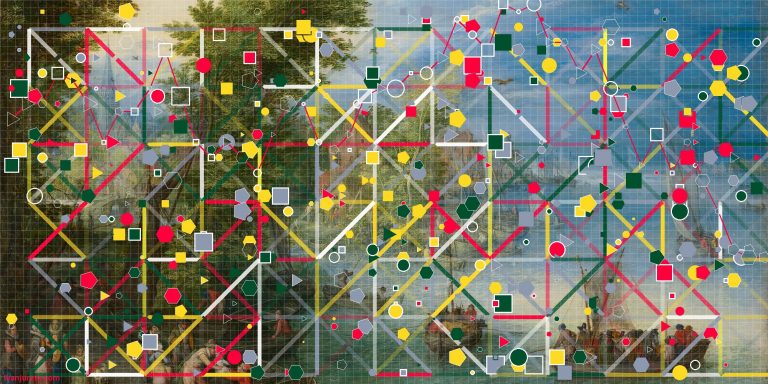
Governance has a cost, so we need to know and measure its benefits. This text adapts adapts ideas from the measurement of quality of political governance to decision governance in a firm.
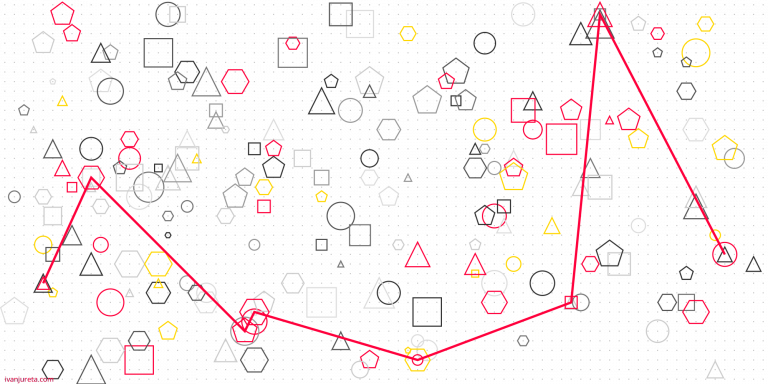
Explanations of decisions are central to decision governance: before changing how decisions are made, you need to explain how they are made; you need to explain why they need to be changed; and, you need to explain how changes that governance brings should lead to better decisions. So the question is: What is a good…
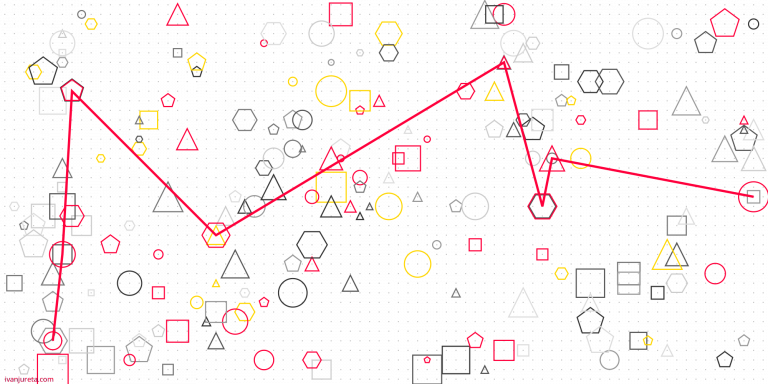
Is it one that led to the best outcome? Or one that integrates all the relevant and available information? Maybe one that is liked by a majority? If decision governance is followed to the letter, will that guarantee a high quality decision? The quality of a decision depends on the following: The reason a decision…
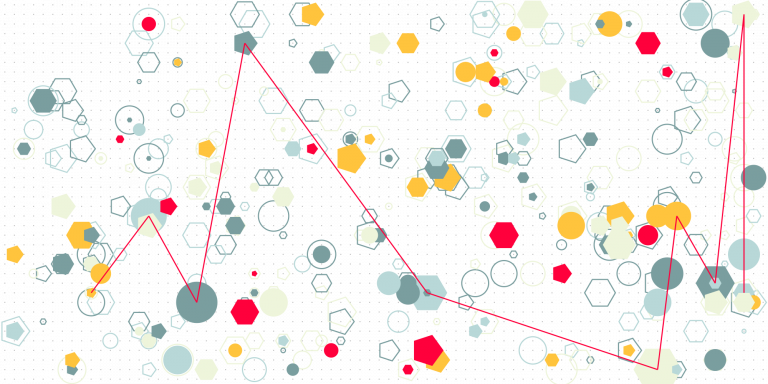
I use “depth of expertise” as a data quality dimension of AI training datasets. It describes how much a dataset reflects of expertise in a knowledge domain. This is not a common data quality dimension used in other contexts, and I haven’t seen it as such in discussions of, say, quality of data used for…
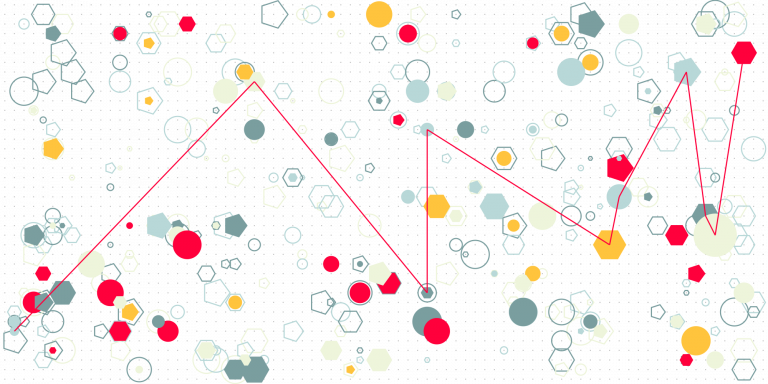
Should the explanations that an Artificial Intelligence system provides for its recommendations, or decisions, meet a higher standard than explanations for the same, that a human expert would be able to provide? I wrote separately, here, about conditions that good explanations need to satisfy. These conditions are very hard to satisfy, and in particular the…
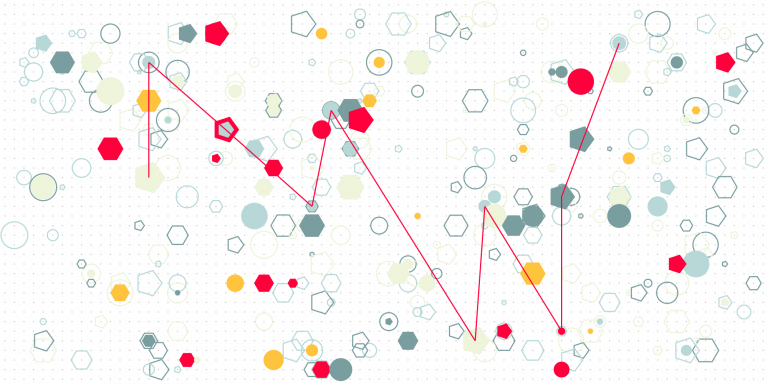
How good of an explanation can be provided by Artificial Intelligence built using statistical learning methods? This note is slightly more complicated than my usual ones. In logic, conclusions are computed from premises by applying well defined rules. When a conclusion is the appropriate one, given the premises and the rules, then it is said…
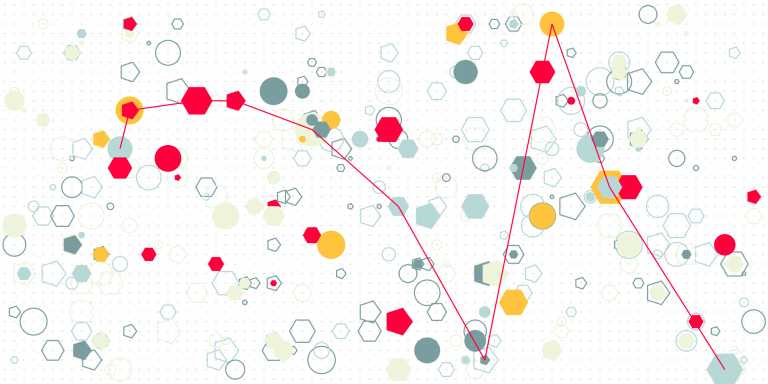
To say that something is able to decide requires that it is able to conceive more than the single course of action in a situation where it is triggered to act, that it can compare these alternative courses of action prior to choosing one, and that it likes one over all others as a result…
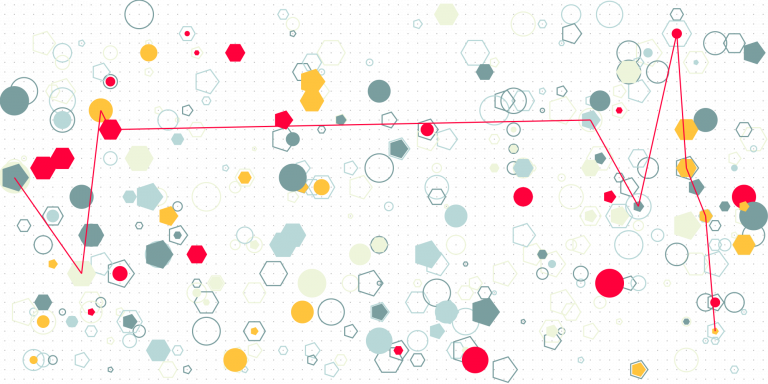
In April 2023, the Cyberspace Administration of China released a draft Regulation for Generative Artificial Intelligence Services. The note below continues the previous one related to the same regulation, here. One of the requirements on Generative AI is that the authenticity, accuracy, objectivity, and diversity of the data can be guaranteed. My intent below is…
There is engineering quality of a product or service, which is fitness to the specification, and there is perceived quality, or subjective quality, which is proportional to the distance between expectations and experience of the person asked. What is the relationship between these, between specification, requirements, expectations, and experience? This is a longstanding question in…

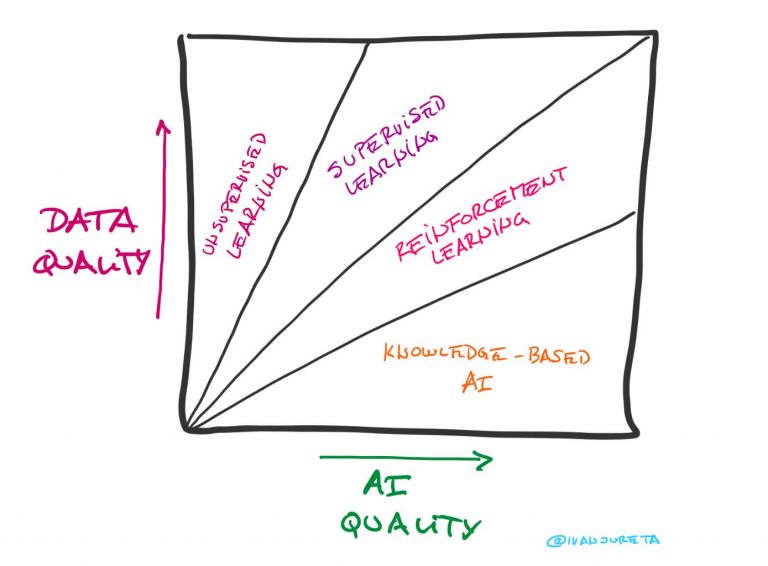
Service Level Agreements (SLAs) are used in Service- Oriented Computing to define the obligations of the parties involved in a transaction. SLAs define these obligations, including for instance the expected service levels to be delivered by the provider, and the payment expected from the client. The obligations of the parties must be made explicit prior…
In a service-oriented system, a quality (or Quality of Service) model is used (i) by service requesters to specify the expected quality levels of service delivery; (ii) by service providers to advertise quality levels that their services achieve; and (iii) by service composers when selecting among alternative services those that are to participate in a…
In a service-oriented system (SoS) service requests define tasks to execute and quality of service (QoS) criteria to optimize. A service request is submitted to an automated service selector in the SoS, which allocates tasks to those service that, together, can “best” satisfy the given QoS criteria. When the selector cannot optimize simultaneously the given…
Analysis of temporal properties of nonfunctional – i.e., quality – requirements (NFRs) has not received significant attention. In response, this paper introduces basic concepts and techniques needed for the specification and analysis of time properties of NFRs. Jureta, I.J. and Faulkner, S., 2008, October. Timing Nonfunctional Requirements. In International Conference on Conceptual Modeling (pp. 302-311). Springer, Berlin,…
Service Level Agreements (SLAs) are used in Service-Oriented Computing to define the obligations of the parties involved in a transaction. SLAs define the service users’ Quality of Service (QoS) requirements that the service provider should satisfy. Requirements defined once may not be satisfiable when the context of the web services changes (e.g., when requirements or…
In a Service-Oriented System (SOS), service requesters specify tasks that need to be executed and the quality levels to meet, whereas service providers advertise their services’ capabilities and the quality levels they can reach. Service selectors then match to the relevant tasks, the candidate services that can perform these tasks to the most desirable quality…
Representation and reasoning about information system (IS) requirements is facilitated with the use of goal models to describe the desired and undesired IS behaviors. One difficulty in goal modeling is arriving at a shared understanding of a goal model instance, mainly due to different backgrounds of the system stakeholders who participate in modeling, and the…
Definitions of the concepts derived from the goal concept (including functional and nonfunctional goal, hardgoal, and softgoal) used in requirements engineering are discussed, and precise (and, when appropriate, mathematical) definitions are suggested. The concept of satisficing, associated to softgoals is revisited. A softgoal is satisficed when thresholds of some precise criteria are reached. Satisficing does…
Initial software quality requirements tend to be imprecise, subjective, idealistic, and context-specific. An extended characterization of the common Softgoal concept is proposed for representing and reasoning about such requirements during the early stages of the requirements engineering process. The types of information often implicitly contained in a Softgoal instance are highlighted to allow richer requirements…